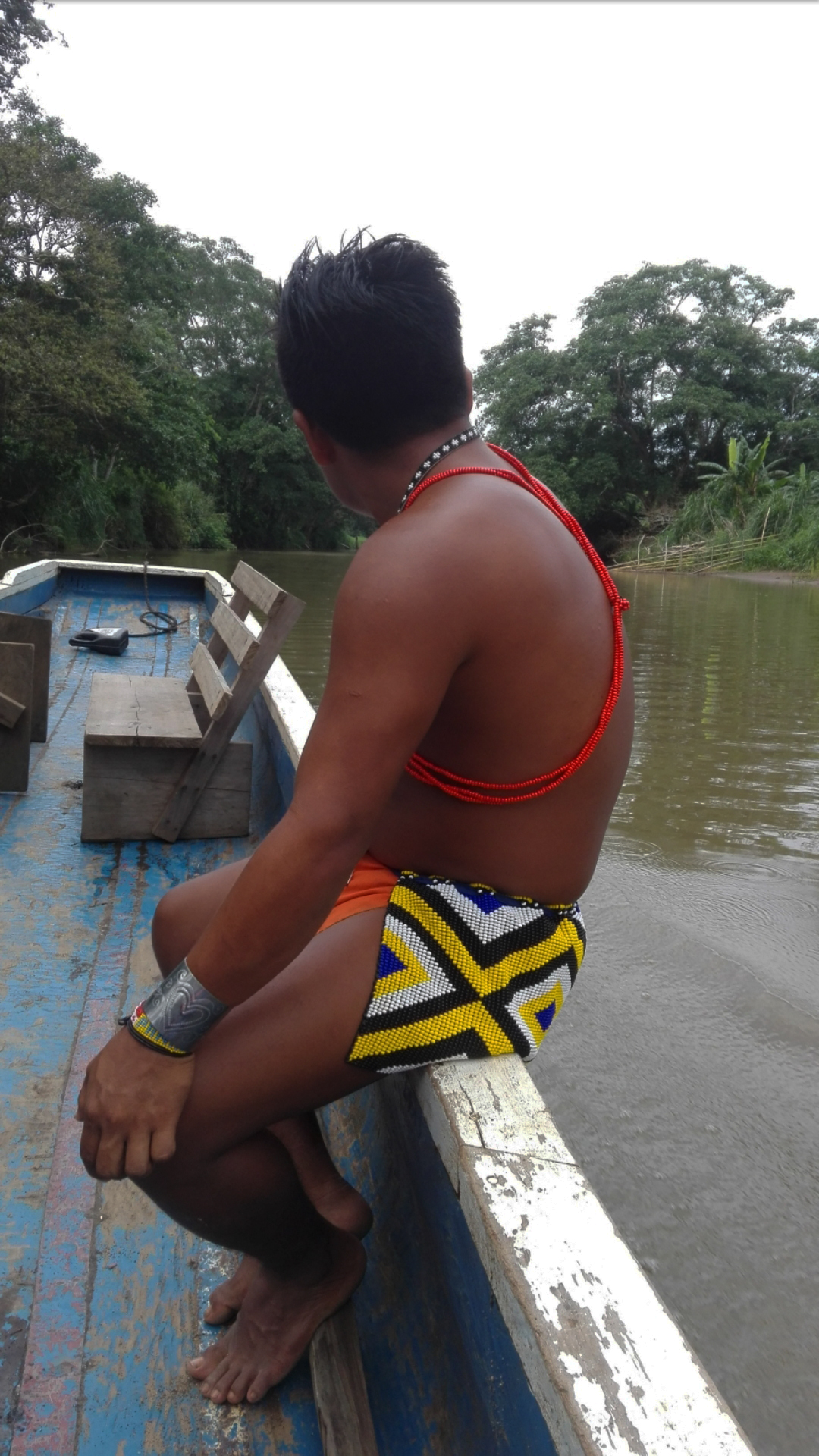
The people who returned to defend the Cacarica basin
The Cacarica Basin in Colombia´s Chocó region, which is home to Afro-descendant, indigenous, and mestizo populations, has been targeted persistently by logging companies and threatened by illegal armed groups. In times of a pandemic, while the community stays put to avoid contagion, Ana del Carmen Martinez, a well-known local leader, lends her voice to tell their story of resistance.












Comentar